By BloggerKhan
Posted in Ecommerce | Tags : ecommerce, getting started, how to, online business, online shop, online store, web shop
With the number of consumers shopping online increasing every day, it is imperative for businesses to establish their online presence and cast a wider net than their local market. Whether you want to start an online-only business or an extension of your traditional brick and mortar business, you need to do a little homework and then get going. Don’t be afraid of making mistakes. You will, like in anything new, but you will learn from them and come out stronger.
Research firm Invesp claims that e-commerce sales are growing by 20% a year. They claim nearly 200 million people a year shop online in the United States, and spent around $260 billion in 2014 alone. So, if you don’t have an online presence you are losing a good share of your potential earnings, some to your competitors.
Why consumers prefer online shopping?
- Convenience – you can shop at your time, not during mall hours
- Wider selection – online retailers can display greater choices than a traditional store
- Easy to compare prices among stores
- More competitive prices – not always though
Ready to jump in?
To get started, you can create your own website and online store or simply list your products on an existing marketplace.
To start your own e-commerce website, you will need services and software like domain registration, web-hosting service, shopping cart platform, payment gateway and shipping integration. If this looks daunting, you can wet your feet by listing your products on marketplaces like Amazon.com, Etsy.com, Ebay.com etc.
Still nervous – you shouldn’t be but if you would like someone to hold your hand and take you through the process, you can outsource such work whether you want to want to list on marketplaces or have your own website. Companies like InterloperInc.com are there to help you with either option.
Here are some of the pros and cons of ecommerce:
The Pros of E-Commerce
- Exposure to a a much larger customer base as compared to your local market. You are not limited to selling goods and services to only those who can physically come into your office or shop.
- Extended hours: You can go home for the night but your business is up and running 24 hours. Nothing like waking up, checking your email and seeing orders placed while you were asleep.
- Ability to showcase greater inventory without having to stock it.
The Cons of E-Commerce
- Online stores often lose out on the personal interaction with customers. That is important to some customers.
- Fierce competition: For every one online business, there are at least another 100 businesses on the Web that sell the same thing. So from day 1, you face cutthroat competition. Translation – lower margins.
- Technical issues that brick and mortar locations never face. Your website can get hacked, server maintenance is required, credit card processing issues, and many other similar issues may arise. If you don’t have in-house tech. Support, you will need to retain a web development company to help you on an ongoing basis. Not that expensive but still an expense to consider.
What’s required? Let’s list the key components:
Here’s everything that an entrepreneur must have to open an ecommerce business:
- Domain name: Before a small business can start building an e commerce website, it needs a website name. Most online business domains end with .com or .net. Ideally, these domain names should match the business name.
- Web hosting service: You will need a web hosting service that will publish your website online for shoppers to see. These services store, process and give output for customer data. It’s the body for your website.
- Website: The website is your shop. Develop a good looking website that attracts your customers. The website design should encourage shoppers to stay on the website, be easy to browse and buy. You can learn more about marketing your website as you go along.
- Products to sell: Identify the products that you would like to sell. You can literally sell anything: cheap or expensive, big or small, new or used.
- Shopping cart software: Like mentioned above, in order to sell items online, you need a shopping cart software. In simpler words, it’s the “add to cart” button option on your website. This software will assist in transactions, controlling inventory, shipping and taxation.
- Merchant service provider: Since online businesses can’t accept cash, you need something that handles your credit card and debit card processing. You need a merchant service provider who will link your shopping cart to the customer’s credit card company. There are a number of options available when you look for merchant service providers. Without merchant services, an online business has very limited ways of collecting money from customers.
E-Commerce Software, what is that?
Ecommerce Software or Shopping Cart Software is what enables you to list your products, assign prices, upload pictures, enable customers to add items to their cart, calculate shipping, and make payment.
There are more than a dozen ecommerce platforms and they all have their strengths. If you don’t anticipate a very large online store, then a lightweight solution like WooCommerce, Shopify, Volusion or Big Commerce would work. If you have a more ambitious agenda, then there are more robust solutions like OpenCart, Prestashop, Magento, X-Cart, CS-Cart, OS Commerce and others.
Marketplaces – What you need to know:
You don’t necessarily have to go through all the challenges of building your own ecommerce website. You may just start with a marketplace like Amazon, Ebay, Etsy etc. You don’t have to deal with designing and maintaining a website. Payments are usually handled by them as well. While an ecommerce website can take several weeks to setup, it takes a few hours to get started on a marketplace.
You won’t have a custom design and your listings may be plain vanilla as you have to remain within the constraints of the marketplace templates.
Recurring cost. It is very inexpensive to get started with a marketplace but they charge a hefty commission, usually around 15% per sale and they have listing + monthly subscription fees.
Policies. You have to live by the policies set by the marketplace that are quite often geared towards protecting the consumer, not the merchant.
In the short term, it makes sense to get started with a marketplace or two. In the long run you are better off with your own website as you don’t have to share the sale with the marketplace and you are in charge of your terms and conditions.
Feel free to add your comments below.






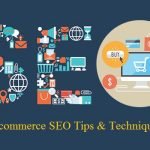
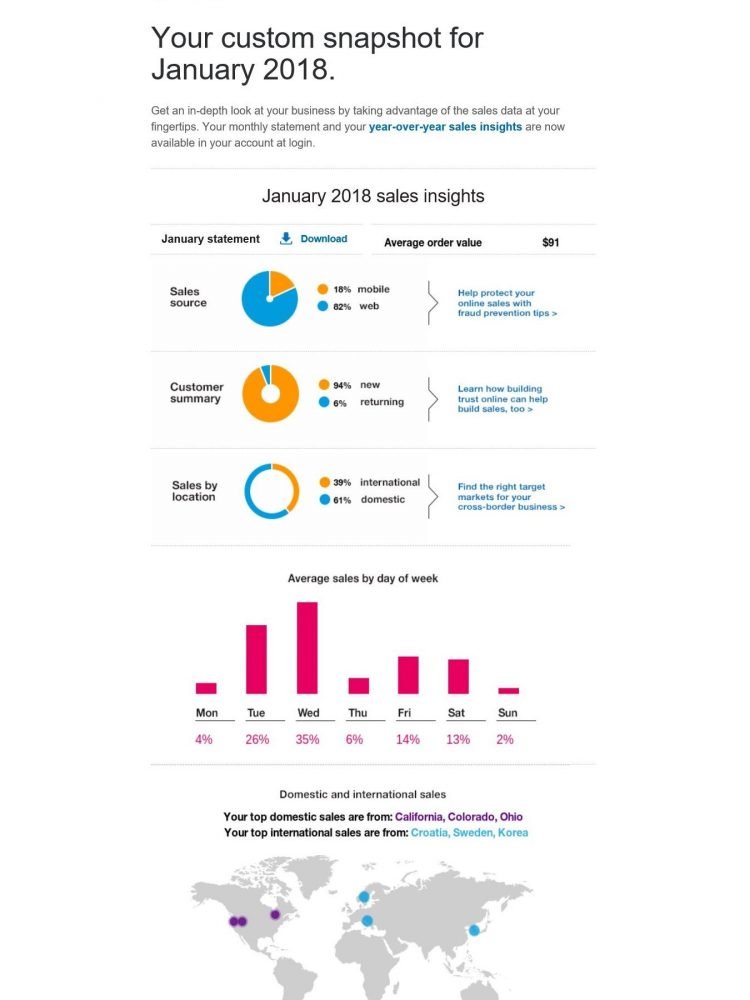
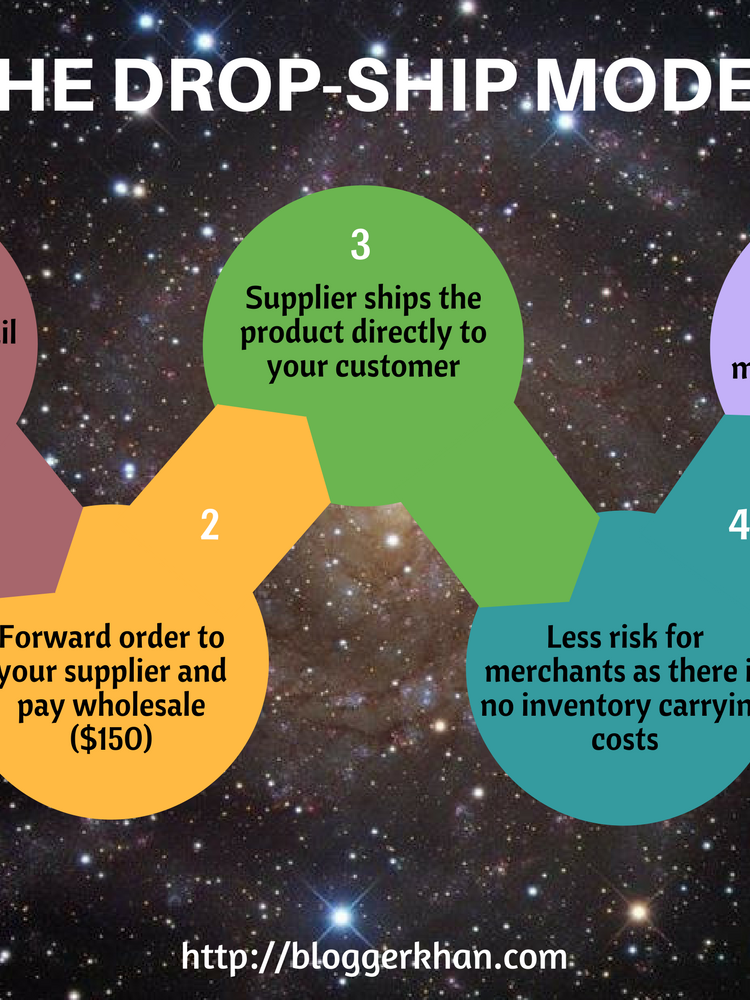
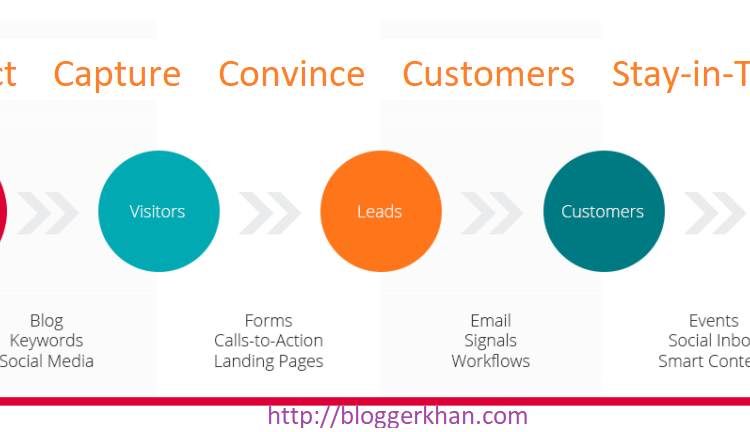
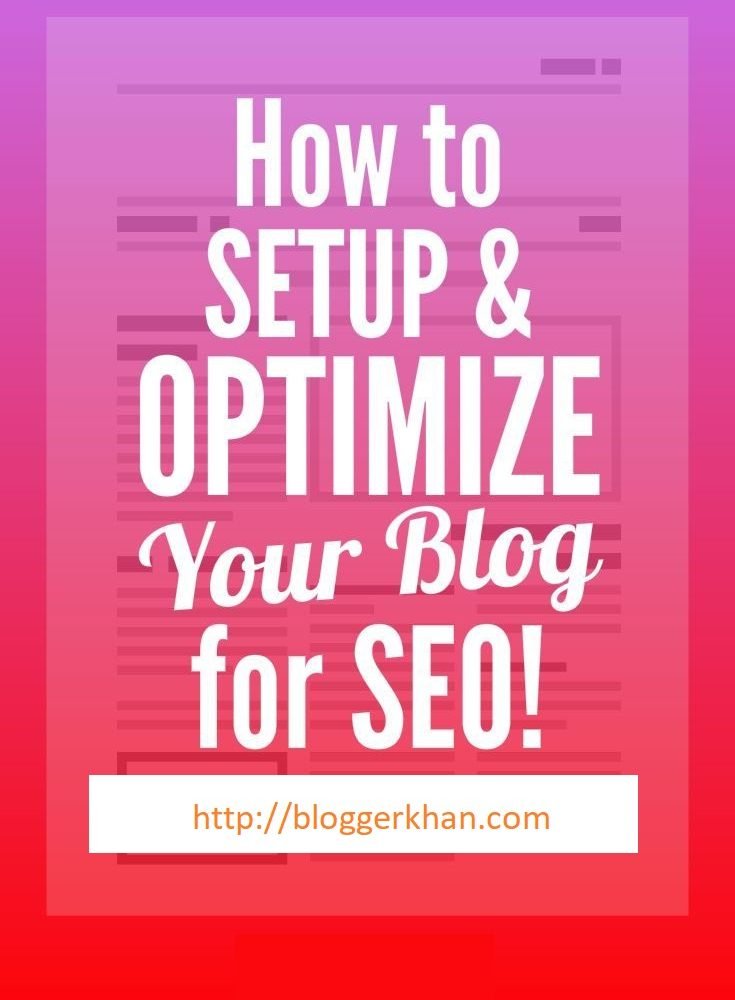



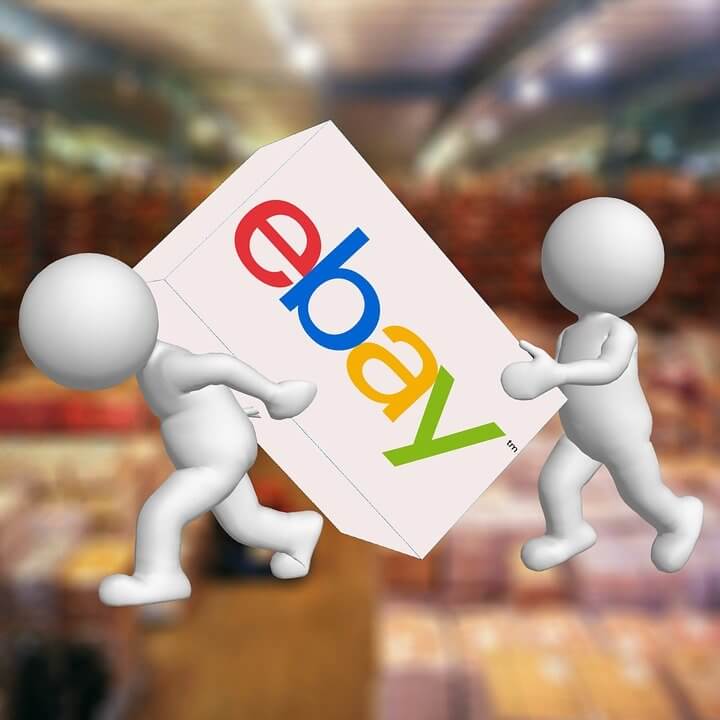



No comments yet.